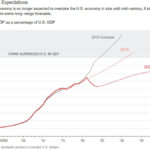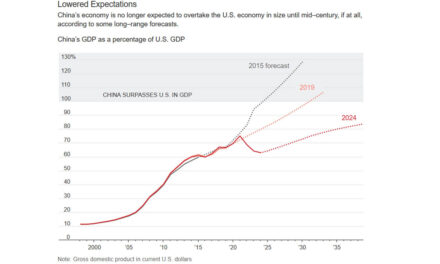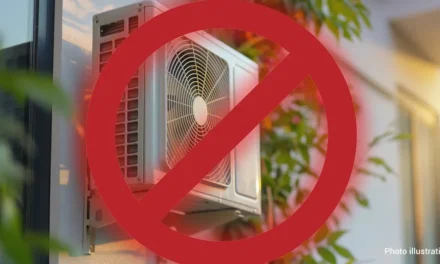
China Blames new COVID-19 Cases on Foreign Arrivals
Officials in China are claiming that domestic transmission of the coronavirus has “basically stopped” and are blaming a possible second wave on imported cases.
“China already has an accumulated total of 693 cases entering from overseas, which means the possibility of a new round of infections remains relatively big,” says Mi Feng, a spokesman for the National Health Commission.
In all likelihood, China has been underreporting its numbers and can no longer contain the lie. As it prepares for a second wave, Beijing wants the public to believe the disease is coming back to China from overseas.
“The Chinese Communist Party is still lying,” says Senator Tom Cotton (R-AR). “They say they’ve only had 2,500 cases that resulted in deaths or so, yet a single mortuary has ordered more than 5,000 urns. You can look at these basic facts to know that the Chinese Communist Party is still lying today, as they were in December and January, and that’s why what could have been a local problem in Wuhan turned into a global pandemic from which more than 2,000 Americans have now died.”
China reported 54 new cases Friday and 45 new cases Saturday, with all but one involving Chinese nationals returning home from abroad. In total, China has reported 313 imported cases and 6 domestic cases during the past week.
The focus on imported cases has fueled an increase in anti-foreign sentiment, reports The Guardian.
“There is an effect when state media are reporting this is a foreign virus,” explains Jeremiah Jenne, an American historian who lives in Beijing. “It is a new variation of a familiar theme: don’t trust foreigners. If there is another flare-up in China, the blame will fall on people coming from outside.”
Reports suggest the same thing has been occurring in the United States, with Americans distrusting Asian residents since the beginning of the pandemic.
Beijing ordered airlines to cut down on international flights this weekend and imposed restrictions on foreigners entering the country, but eased some restrictions on domestic travel.
Wuhan reported just one new case during the past 10 days, although 5 people died there on Saturday. The city, which marks the origin point of the virus, has gradually started to reopen its borders and resume transportation services.
All airports in Hubei (with the exception of Wuhan) have resumed some domestic flights, although flights from Hubei to Beijing remain suspended. More than 60,000 people entered Wuhan this weekend after rail services were restarted.
“It’s much better now, there was so much panic back then,” notes Hu, a local. “There weren’t any people on the street. Nothing. How scary the epidemic situation was.”
At least 7,000 people have returned to Beijing from Hubei province using chartered trains or private cars. Several shopping malls are scheduled to reopen on March 30th.
“Beijing, the capital, still bears the brunt of the risks,” warned government spokesman Xu Hejian. “There’s no reason to lay back and relax yet. It’s not a time when we can say everything is going well.”
In the meantime, a Chinese institute is working on a new nanomaterial the CDC says can deactivate up to 99.9% of the virus. Researchers are partnering with companies to utilize the technology in air purifiers and face masks.
To date, China has reported a total of 81,439 infections and 3,300 deaths. Italy has reported 97,680 cases and 10,779 deaths. The United States has reported 137,943 cases and 2,431 deaths.
Experts caution that the easing of restrictions could produce a second wave of infections through ‘stealth transmission’ – in which the disease is spread by individuals with no symptoms.
“Almost everybody thinks there’s the potential of a second wave after we relax the restrictions,” warns Irwin Redlener, director of the National Center for Disaster Preparedness at Colombia University.
“The vast majority of Americans with the virus will be mildly symptomatic or asymptomatic, and we really have to be careful not to relax our stringent requirements too soon.”
Studies suggest between 50% and 86% of COVID-19 infections produce mild symptoms or no symptoms, but it is unclear whether these individuals are contagious. We also don’t know if some people who already had the virus can become re-infected.


























Joe Gilbertson: where are you going with these threats? My free speech is facing intimidation, sometimes physical threats. Is this…
NOT BUSTED. You didn't have to say it. That is what I meant in the above post from me. But…
Just another ruse for taking jabs at Biden through alleged short comings of his. Ten days remaining in Biden's term…
I never said I WANT China to continue to own Panama. You made that up. First,I didn’t say it. Second.…
I absolutely do Not in any way, shape or manner fabricate ANYTHING you say. I do and will always tell…